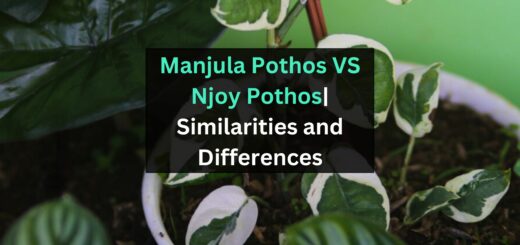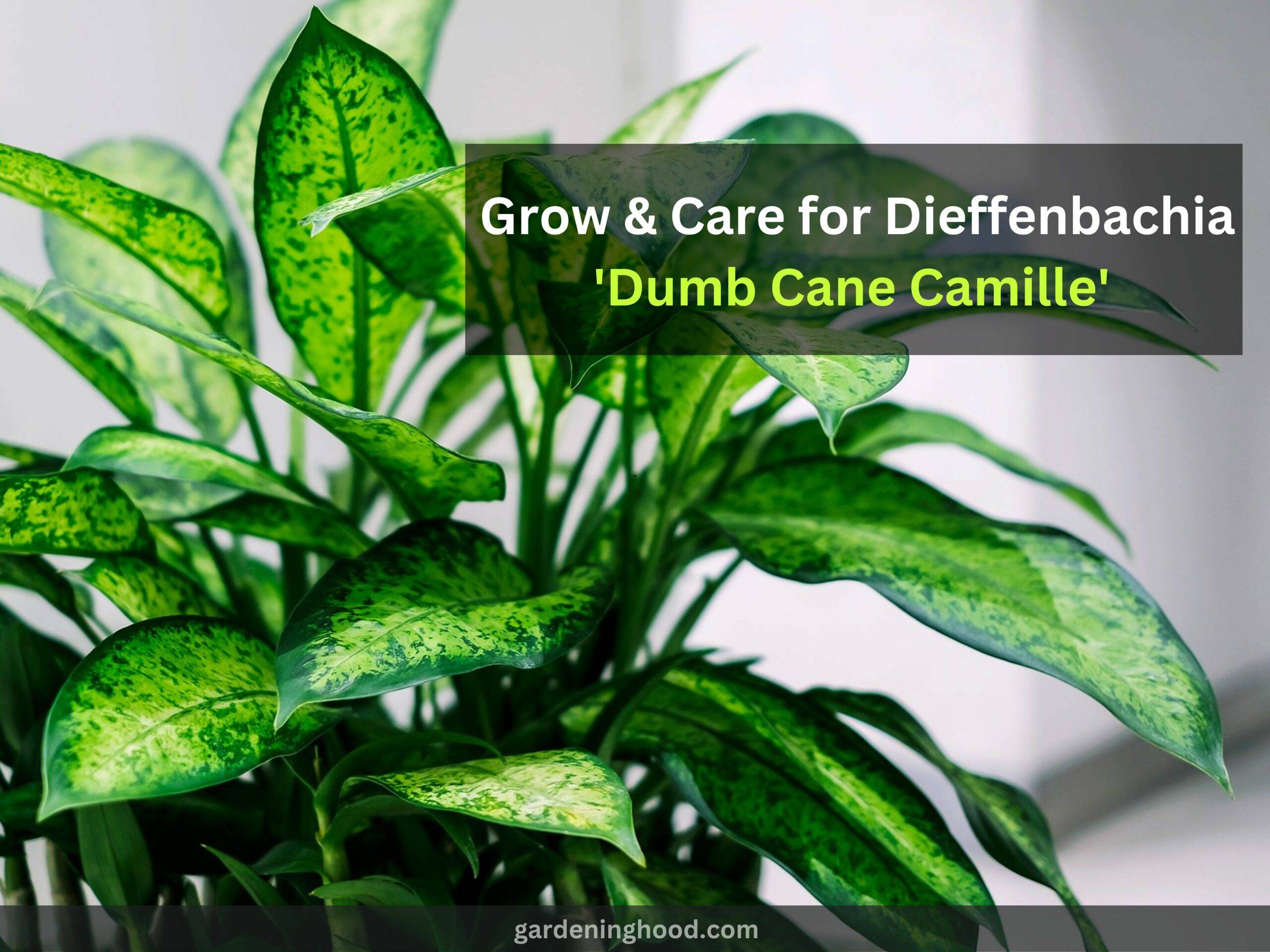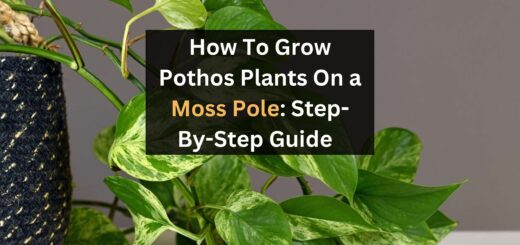15 Best Attractive Black Indoor Plants – How to Grow and Care for the Black Houseplants?
This article will be discussing, Best Attractive Black Indoor Plants. If you’ve never taken care of plants before, it could seem overwhelming. Additionally, caring for strange-looking houseplants can seem intimidating. Don’t worry, the black houseplants we’ll be introducing to you in this post are simple to care for and will reward you with their waxy leaves and stunning elegance as long as you remember that overwatering is the main cause of houseplant death.
Your houseplant may therefore alter its shade based on the amount of light, the frequency of watering, the temperature, or even the time of year. Always double ensure that you are purchasing the correct cultivar from the list of suggestions below as there are many different varieties. There is no such thing as a certified black houseplant, which is an extremely crucial item to understand.
Additionally, not every plant will inevitably remain dark. Like any living creature that is capable of growth, houseplants will adjust to their surroundings. Here are fifteen beautiful black house plant species that will give a touch of flair to any living area, without further ado.
15 Best Attractive Black Indoor Plants to Grow
1. Marcgravia Azrael
These shingling plants may already be recognizable to you if you enjoy keeping terrariums. High humidity and filtered light are preferred for Marcgravia Azreal, which prefers to climb on tree trunks in its native South American habitat. They thrive in a growth medium covered in sphagnum moss.
Make sure you ask for a heat pack for shipping if you want to purchase this plant online during the winter because it cannot resist low temperatures. Apart from this, the plant requires little care and stays tiny, with the spherical leaves evolving into more teardrop-shaped shapes as the Marcgravia matures.
2. Hemigraphis alternata
The Hemigraphis alternata, often known as the waffle plant, has wavy, textured leaves that are a variety of dark green colors with purple undertones. These plants prefer moisture (in the air, but not too much sogginess in the soil), and they’ll wilt like a damsel in distress to let you know if they need more water (just get your fainting couch ready).
You can also grow waffle plants outside in your garden if you reside in a warmer and more humid region. If you choose to plant it outdoors in pots, you must watch out that it doesn’t dry out too much because they become pretty crispy.
3. Black air plants
A wispy air plant that turns even more black is called Tillandsia amaranthus “the Black.” Through the surface of their leaves, air plants take in water and nutrients from the surrounding atmosphere. During the warm seasons, you can also immerse them in water for a short time each week before letting them dry on an absorbent cloth or upside down.
The leaves may dry out and curl if there is little water. Make sure to keep your indoor plants away from direct, strong sunshine when it comes to them. They don’t need fertilization and appreciate filtered sunshine.
4. Begonia ‘Black fancy’
There are about 2000 species of begonia, yet some can grow well outside while doing poorly indoors. Early in the spring, the begonia “Black fancy” will repay you with pale pink flowers.
Like all begonias, it thrives in a warm, humid environment with bright light (if you keep it indoors, that is). If you pinch the wasted blooms off of this rhizomatous hybrid with medium-sized black leaves, it will stay compact and bushy.
5. Colocasia ‘Black magic’
This plant commonly referred to as “the elephant ear,” is a popular Wishlist item for plant collectors and is indigenous to Southern Asia, Eastern Australia, and the South Pacific. Colocasia can be grown as a summertime houseplant indoors or as an outdoor summer plant.
But this is not a plant for novice gardeners. It can be picky and takes some time to get used to the temperature inside. If your area has moderate winters and summers, you may even move the plant outdoors in the summer and bring it back inside in the winter.
6. Echeveria ‘Black prince’
The pinnacle of an echeveria collector’s fantasy is this particular variety of succulents. And much like a real-life monarchy, it needs to be handled carefully and patiently.
Although it does well in moderate shade, the slow-growing echeveria loves full sun. It will reward you if you take care of it by producing flowers with a ruby red center and dark Florette-like leaves. This black houseplant shouldn’t be overwatered.
7. Alocasia ‘Black velvet’
It seems cheating to include this plant as an indoor option. Aloe plants are fantastic garden accents because they grow well outside. In a garden with southern exposure, their thick-veined, almond-shaped leaves can grow very enormous. Alocasia plants, commonly referred to as “elephant ears,” are increasingly popular as houseplants.
Sadly, this has the unintended consequence of making them difficult to find in stores or via online retailers. Placing an alocasia near a cooking area or the shower might be your best choice for keeping it healthy since it prefers a warm, humid atmosphere.
8. Sinocrassula yunnanensis
Sinocrassula yunnanensis sometimes referred to as the hedgehog succulent, is a little perennial succulent that forms clumps. With a maximum diameter of 10 cm (approximately 4 inches), the rosettes typically take on a dark green, almost black hue. Sinocrassula prefers well-drained soil, full sun, or light shade.
Native to the Yunnan province of China, north and south of Burma, and northwest India. It typically grows at high altitudes in rocky formations, thus if kept outside or close to a drafty window, it will be able to endure relatively chilly temperatures.
9. Lithops black succulents
Lithops, also known as mineral plants, stone plants, or pebble plants, are the most recent craze to emerge from the world of succulent plantaholics.
It might be difficult to distinguish lithops from the soil or rock gardens they beautify since they mix in so nicely with their surroundings. Lithops are available in a variety of hues, ranging from dark purple to grey, beige, and even pink.
10. Aeonium ‘Black rose’
Aeonium “Black Rose” will flourish in full light and well-drained soil because it is a succulent. Aeonium should be left to rest over the winter, therefore it’s best to cut back on watering to once a month during the long, sunny summer days.
Don’t let it go thirsty for too long, either; if it dries out too much, it can start shedding lower leaves around the rosettes. My advice is to always check the vase of flowers for moisture before watering.
11. Peperomia caperata ‘Burgundy ripple’
This plant is stunning because of its dark purple-mottled foliage and crimson stalks. This unusual type of peperomia prefers some shade and little to no water.
Additionally, you should refrain from frequently repotting it, but make sure it has enough space to expand. This plant grows slowly and tends to stay compact, unlike the majority of leafy houseplants, which makes it ideal for confined areas like desks or window sills.
12. Zamioculcas zamiifolia ‘Raven’
Waxy, glossy, poised, and ladylike. We would essentially sum up the tropical Zamioculcas zamiifolia plant in that way. Additionally, the new Costa Farms species named Raven is ideal for a space with little direct sunlight.
The bulbous roots that protrude out of the dirt are visible whenever you bring a ZZ plant inside. Those are the water-holding tanks for the ZZ plant. They assist in regulating the distribution of water to the rest of the plant. But if you give the plant too much water, it’ll also rot quickly.
13. Burgundy rubber plant
The mid veins of the burgundy rubber plant’s leaves are scarlet and appear very dark green. Young Burgundy leaves are red, but as they ripen, they almost become black.
If you take proper care of the plant, it will eventually reach a height of around 40″ and have leaves that are approximately 4″ wide by 12″ long. Make sure the Burgundy rubber plant gets enough light if you decide to grow it indoors. Otherwise, it will start to look predominantly green rather than black.
The Burgundy rubber plant, on the other hand, does not require direct sunshine to thrive. Burgundy’s anthocyanin is enhanced by direct sunshine, giving your room a wonderful appearance.
14. Purple oxalis
Unique deep purple triangular leaflets of the purple oxalis grow low. The flowering season is spring.
The plant not only makes stunning black indoor plants, but it also works well as a salad garnish. When they bloom, their white, pink, and lavender blossoms can add elegance to your decor.
15. Sorbet Black Delight Viola
The velvety black blossoms of Sorbet Black Delight are a favorite. The bloom has a bright golden hue in the center that adds to its attractiveness. Sorbet Black Delight is perfect for indoor places with limited space because it spreads between 15 and 20 cm broad and grows up to 15 cm tall.
It may thrive in either full sun or light shade as long as the soil is hydrated. For use in salads, you may also grow it indoors. Violas can also be used as a representation of modesty, decency, and innocence.
How to Care for the Black Houseplants?
The following things must be kept in mind while raising black houseplants (or any indoor plants for that matter):
- It’s best to keep potting soil damp but not wet. The roots of the plant will start to die if the soil is kept either too dry or too moist, which can result in poor growth or even plant death.
- Just as harmful as not enough water is too much. Frequent watering removes air from the soil and allows fungus and bacteria that destroy roots to flourish. The number one cause of houseplant death is overwatering.
- Even if your city’s water has been treated with fluoride or chlorine, most indoor plants should be alright with room-temperature tap water. Particularly adored by plants are snowmelt and rainwater. Use softened water sparingly because it might contain salt.
- For houseplants to be healthy, the drainage must be adequate. Start with high-quality, organic potting soil that has been specially blended for indoor planting (not conventional soil). Select a vessel with drainage holes, or line a non-draining container with a layer of stones. The idea is to keep the plant out of water.
- Every plant has varied light needs, much like water. Although it could be challenging to receive direct sunshine inside a house, many plants love it. Some houseplants will require additional light from a grow light, while placing a plant in a window may provide sufficient illumination.
- Many houseplants flourish in environments that are 65 to 75 degrees during the day and 55 to 60 degrees at night. Of course, each plant has different temperature preferences; tropical plants prefer temperatures of 90° or higher, while some plants thrive in milder climates.
- Most plants prefer high humidity levels of about 80%. Sadly, most houses are far drier than they should be, especially in the winter when forced heating can further reduce humidity.
- There are other ways to enhance the moisture in the air around your plants besides using a humidifier. The local humidity can be increased by placing plants more closely together or by using a small tray with pebbles and water in it. Additionally beneficial is daily spraying of the plant’s leaves.
- Nutrients from the soil are lost each time a plant is watered. Even if that didn’t happen, soil nutrients would be swiftly depleted by plants. Houseplants do not have a consistent source of nutrient regeneration, unlike plants that are grown outside, unless you fertilize them frequently.
Conclusion
Black indoor plants thrive in either full sun or partial shade. The majority of them develop darker foliage the more sun they receive. Although they seem in shades of dark purple, maroon, deep burgundy, or red, these plants aren’t black. Grow plants with black foliage and blossoms with brightly colored plants and interior trees to give your home a tropical feel if you want to get the most out of them.


